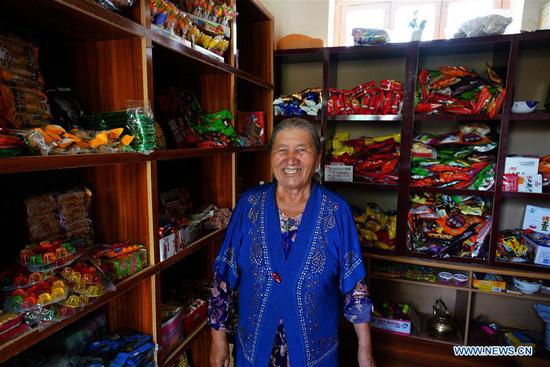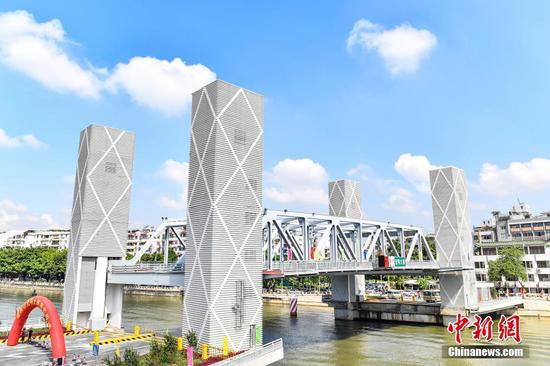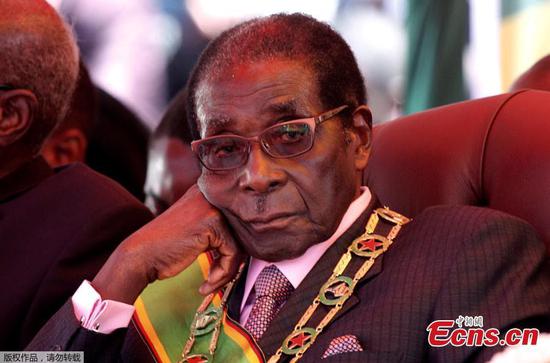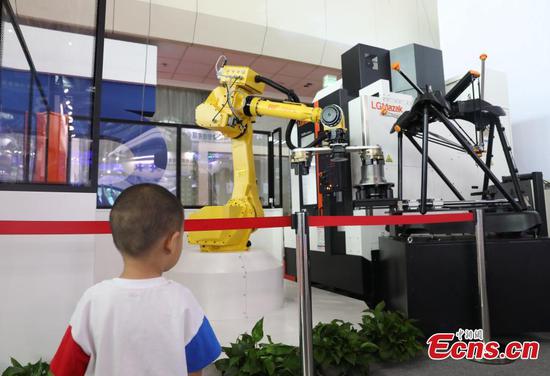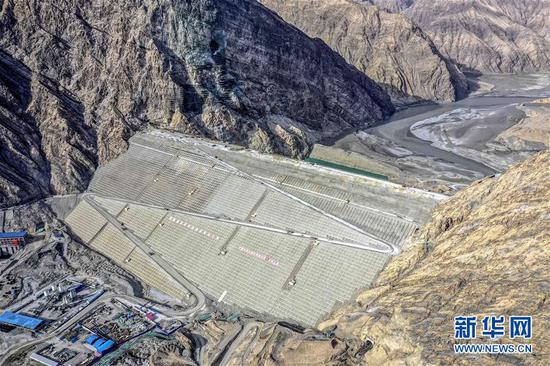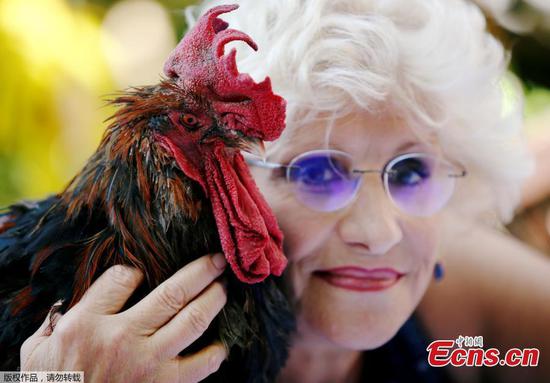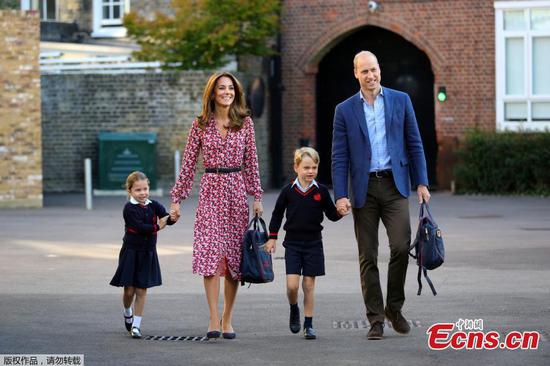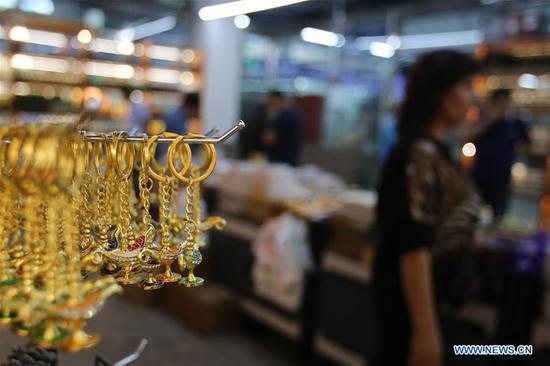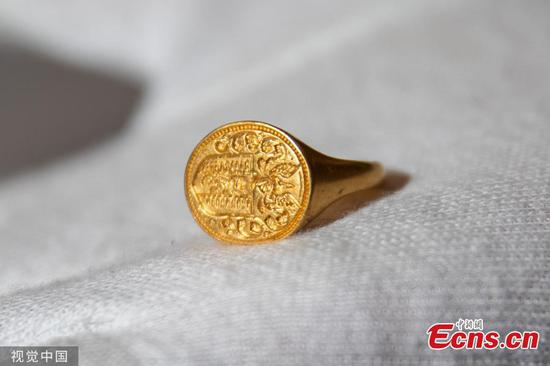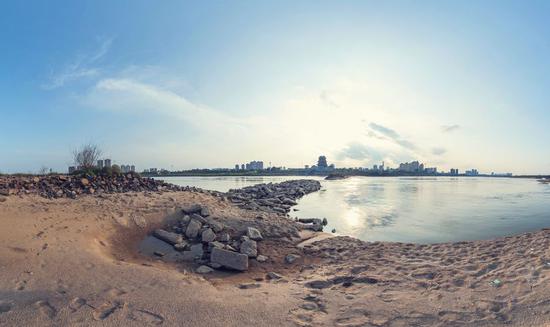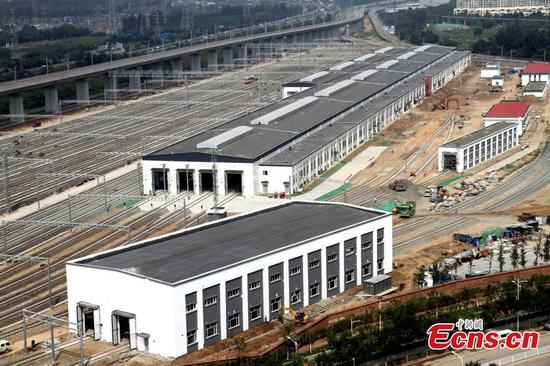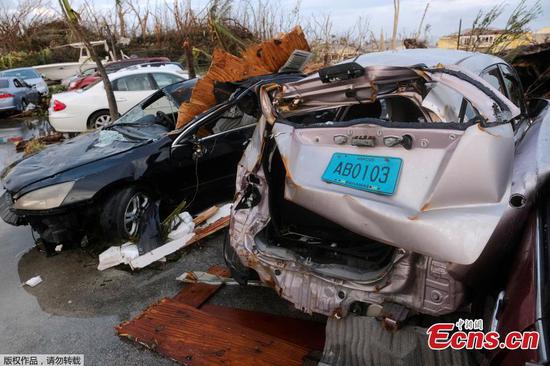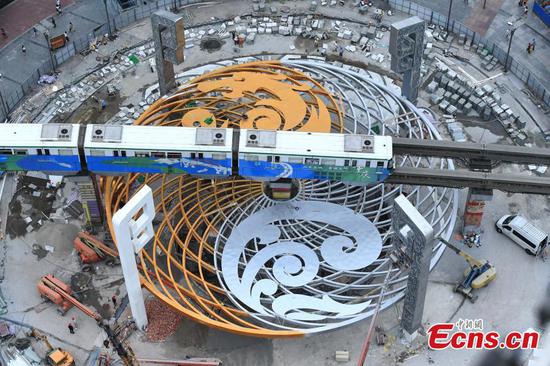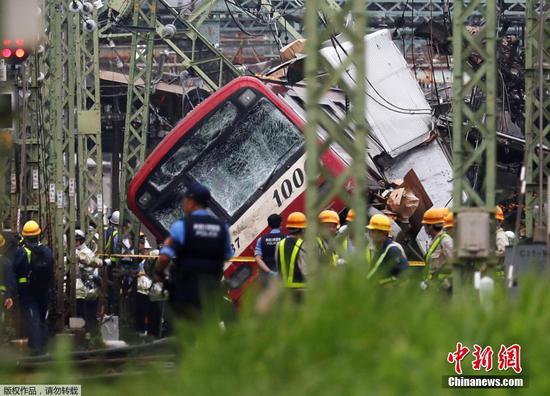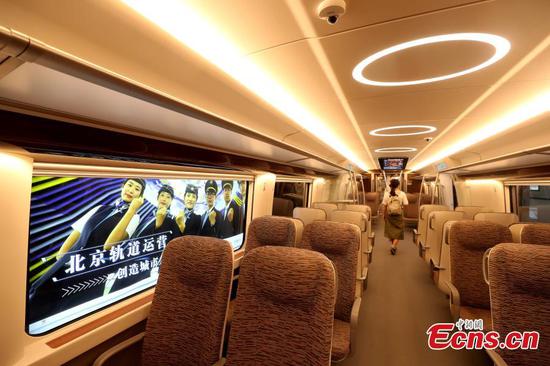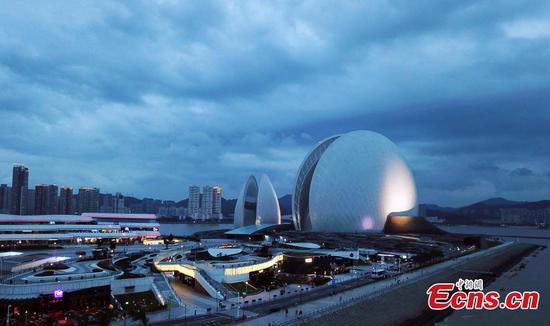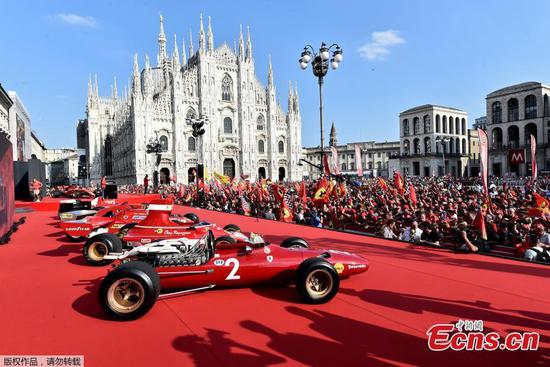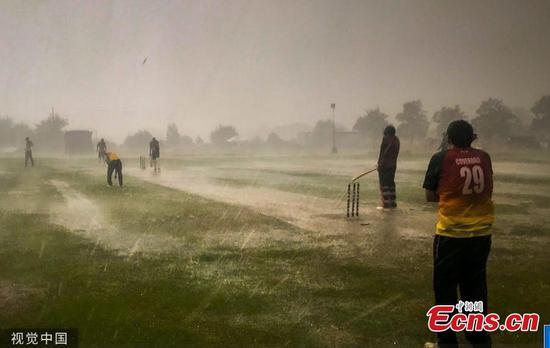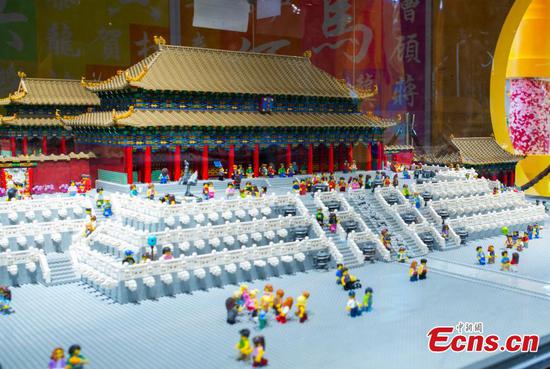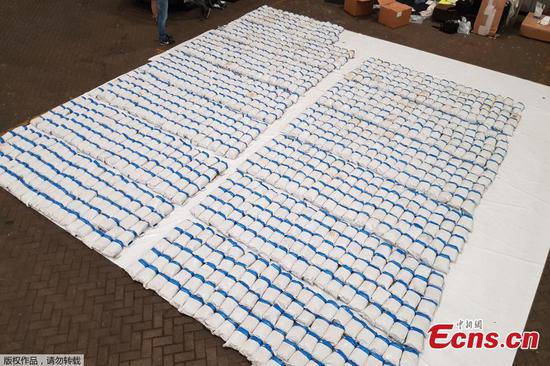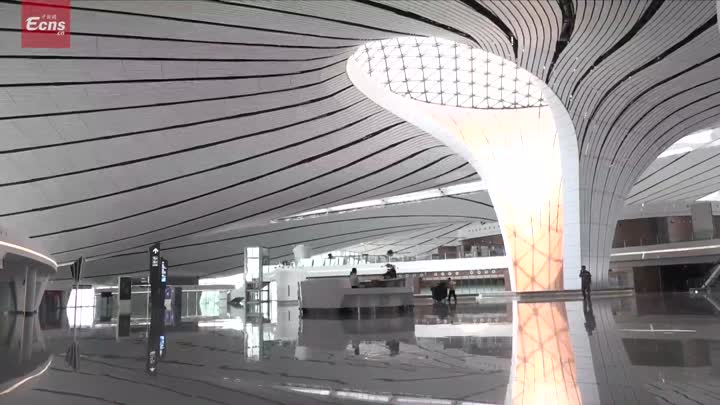MIDDLE CLASS' ANXIETY
While young people complain about having few opportunities for upward mobility, Hong Kong's middle class, which should have long been stalwarts of the society, are under great economic pressure and in fear of falling behind.
It is not easy to be middle class in Hong Kong, one of the world's most expensive cities. To join the rank, a household needs to earn at least 55,000 HK dollars, or $7,000, a month, according to Paul Yip Siu-fai, a senior lecturer at the University of Hong Kong. About 10 percent of the households in the city are up to the rank.
Earning that much can be counted as rich in many parts of the world. But in Hong Kong, the money is still tight if you have a child to raise and elderly to support.
Housing is the biggest burden for the average middle-class resident. The cost of having a child is another headache in Hong Kong, where pricey extra-curricular activities and private tutoring are considered necessary to win in the fierce competition.
Fears of descending to the low-income group are real for the middle class. Many think they belong to the middle class only in education and cultural identity, but their living conditions are not much better than the impoverished, said Anthony Cheung Bing-leung, former secretary for transport and housing of the HKSAR government.
Civil servants and teachers, who earn much more than the average income, are traditionally considered middle class. But Cheung found out in a survey that many of them could not afford to have their own apartment, with some even living in the narrow rooms of partitioned apartments.
"We don't belong to the low-income group, but we could just rent an apartment now," said Lee, a teacher at a secondary school in Hong Kong.
Lee and her husband earned nearly 1.3 million HK dollars a year, but a 50-square meter apartment is the best they could rent now for a five-member family. She preferred not to give her full name as she feels her situation is embarrassing.
"We want to save more money to buy a house near prestigious elementary schools for our kids," Lee said. "If our kids can't go to a good school, it'll be very tough in the future."
CHANGING ECONOMIC STRUCTURE
In the 1970s, nearly half of Hong Kong's labor force were industrial workers when manufacturing thrived in Hong Kong. During the 1980s, Hong Kong's finance, shipping, trade and logistics and service industries started to boom.
Since then, the economic landscape began to change amid subsequent industrial upgrading.
Due to the hollowing out of the manufacturing industry, the wealth gap in Hong Kong widened and the class division worsened. Despite the prosperity of finance, trade and tourism in recent years, more than 1.37 million people are living below the poverty line in Hong Kong, home to more than 7 million.
Working career options are now limited, leaving little hope for the youngsters to move up the social ranks.
As a result, Hong Kong's social class has largely been solidified in the 21st century, with the richest people dominated by property developers and their families.
The Gini coefficient, which measures the inequality of income distribution, reached a new high of 0.539 in 2016, far above the warning level of 0.4, according to data by the HKSAR government's Census and Statistics Department. The greater the number toward one, the more inequal in income distribution.
Though the HKSAR government tried to narrow the wealth gap, many people in Hong Kong said they are not sharing the fruits of economic prosperity, the young and those low-income groups in particular.









